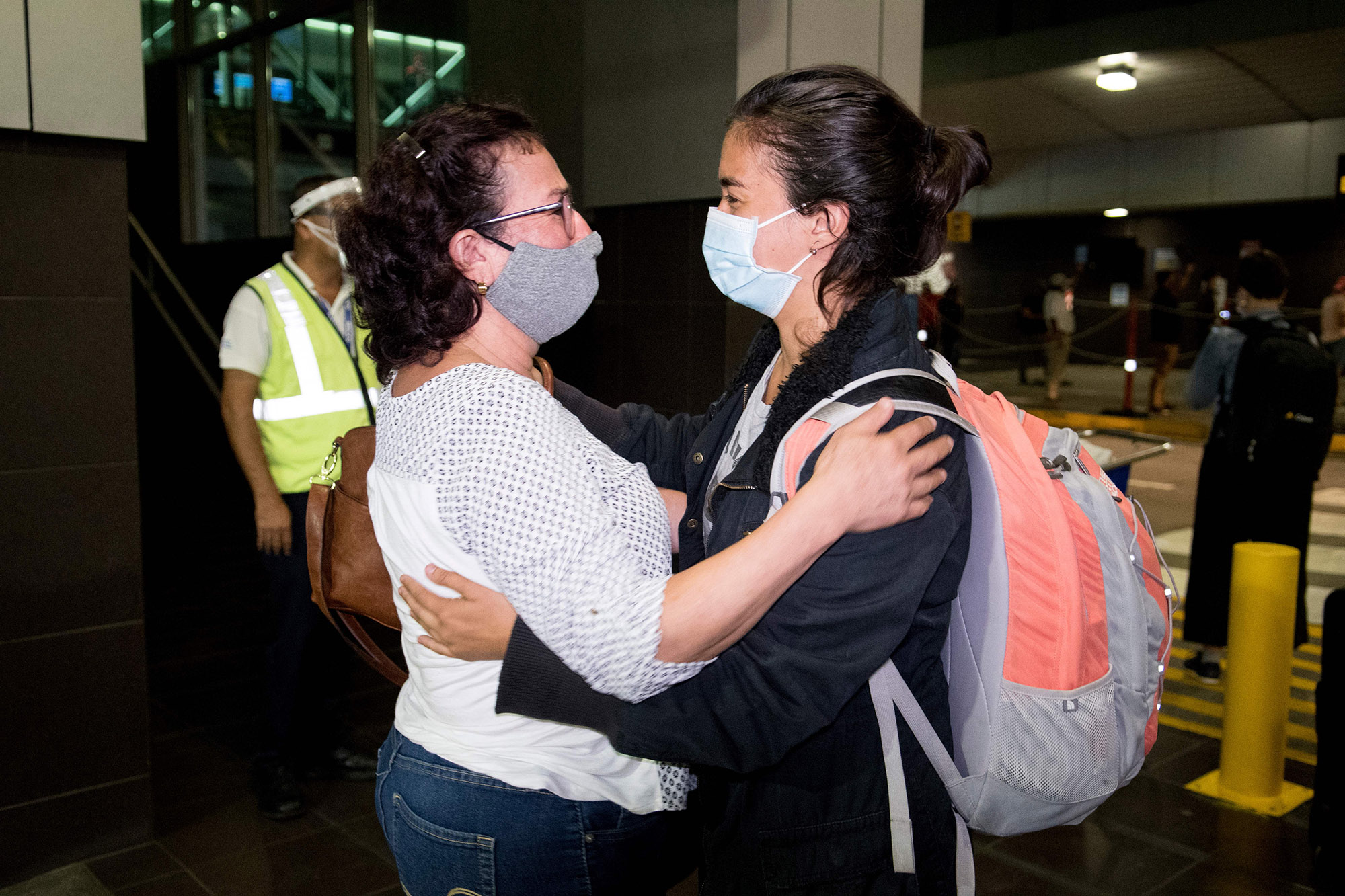
After the summer surge in Covid-19 cases in the United States, countries have taken one of two positions toward American travelers: welcome them or — more likely — ban them all.
A new plan by Costa Rica takes a nuanced approach. On Aug. 19, the Central American country announced it is welcoming the residents of six U.S. states.
Which states were chosen?
Residents of New York, New Jersey, Connecticut, New Hampshire, Maine and Vermont will be able to fly into Costa Rica from Sept. 1.
That opens the possibility of travel to Costa Rica to approximately 35 million Americans, or almost 11% of the U.S. population.
Multiple reports cited a Costa Rica tourism official as saying the country chose U.S. states that have outbreak conditions that are similar to or better than those in Costa Rica.
Costa Rica closed its borders to international travelers on March 18 and reopened them on Aug. 1 to select, low-risk countries. Residents of the European Union and Schengen Zone, the U.K., Canada, Uruguay, Japan, South Korea, Thailand, Singapore, China, Australia and New Zealand are also allowed in.
Costa Rica is also said to be assessing infection rates in Colorado, Massachusetts, and Pennsylvania; those states may be allowed to enter next, according to local reports.
Is there any way around this?
Maybe. But those hoping to bypass the state-by-state rule won’t be able to simply travel to an authorized state and catch a flight to Costa Rica.
In addition to an electronic health pass, negative RT-PCR diagnostic test (taken within 48 hours of travel) and medical insurance, American travelers must provide a driver’s license that shows a residential address in one of the six permitted states.

However, private flights from the U.S. can enter Costa Rica starting Sept. 1, because “their size and nature means they present a much lower epidemiological risk,” according to an Aug. 19 statement from the Costa Rica Tourism Board. Private flights coming from unauthorized states (or countries) will be subject to an “exception procedure” and reviewed on a case-by-case basis.
Travelers arriving via private yacht from an unauthorized city or port can subtract the number of days spent at sea from their quarantine requirements.
Costa Rica’s reliance on U.S. tourists
More Americans travel to Costa Rica than any other nationality. In 2019, over 40% of all tourists to the country were from the United States.
After the summer surge in Covid-19 cases in the United States, countries have taken one of two positions toward American travelers: welcome them or — more likely — ban them all.
A new plan by Costa Rica takes a nuanced approach. On Aug. 19, the Central American country announced it is welcoming the residents of six U.S. states.
Which states were chosen?
Residents of New York, New Jersey, Connecticut, New Hampshire, Maine and Vermont will be able to fly into Costa Rica from Sept. 1.
That opens the possibility of travel to Costa Rica to approximately 35 million Americans, or almost 11% of the U.S. population.
Multiple reports cited a Costa Rica tourism official as saying the country chose U.S. states that have outbreak conditions that are similar to or better than those in Costa Rica.
Costa Rica closed its borders to international travelers on March 18 and reopened them on Aug. 1 to select, low-risk countries. Residents of the European Union and Schengen Zone, the U.K., Canada, Uruguay, Japan, South Korea, Thailand, Singapore, China, Australia and New Zealand are also allowed in.
Costa Rica is also said to be assessing infection rates in Colorado, Massachusetts, and Pennsylvania; those states may be allowed to enter next, according to local reports.
Is there any way around this?
Maybe. But those hoping to bypass the state-by-state rule won’t be able to simply travel to an authorized state and catch a flight to Costa Rica.
In addition to an electronic health pass, negative RT-PCR diagnostic test (taken within 48 hours of travel) and medical insurance, American travelers must provide a driver’s license that shows a residential address in one of the six permitted states.
However, private flights from the U.S. can enter Costa Rica starting Sept. 1, because “their size and nature means they present a much lower epidemiological risk,” according to an Aug. 19 statement from the Costa Rica Tourism Board. Private flights coming from unauthorized states (or countries) will be subject to an “exception procedure” and reviewed on a case-by-case basis.

Travelers arriving via private yacht from an unauthorized city or port can subtract the number of days spent at sea from their quarantine requirements.
Costa Rica’s reliance on U.S. tourists
More Americans travel to Costa Rica than any other nationality. In 2019, over 40% of all tourists to the country were from the United States.
Costa Rica’s decision to partially admit American tourists came after the Guanacaste Tourism Chamber published an open letter asking that the Costa Rican government admit U.S. travelers, as reported by The Tico Times.
Costa Rica’s decision to partially admit American tourists came after the Guanacaste Tourism Chamber published an open letter asking that the Costa Rican government admit U.S. travelers, as reported by The Tico Times.
Tags: Costa Rica